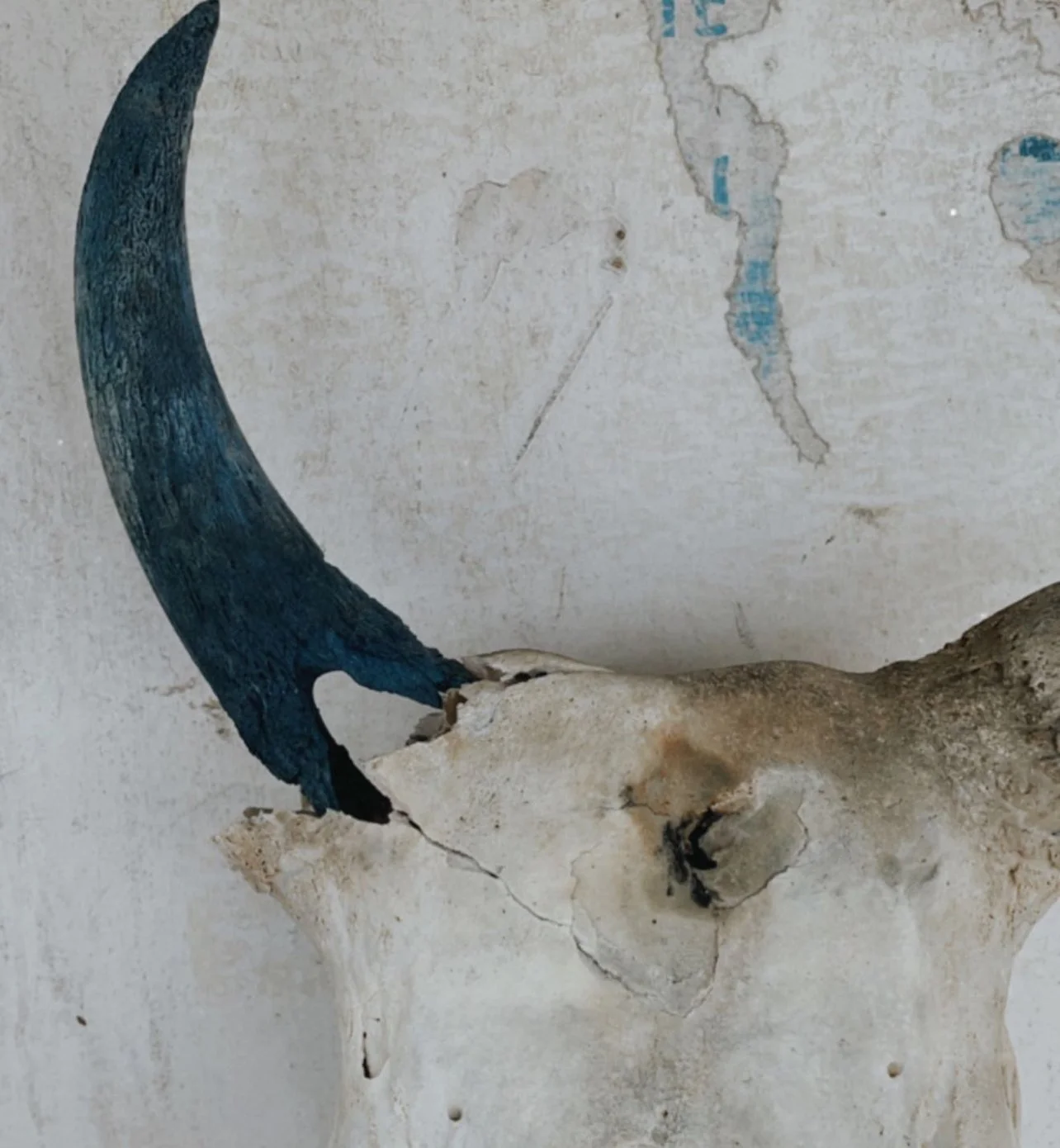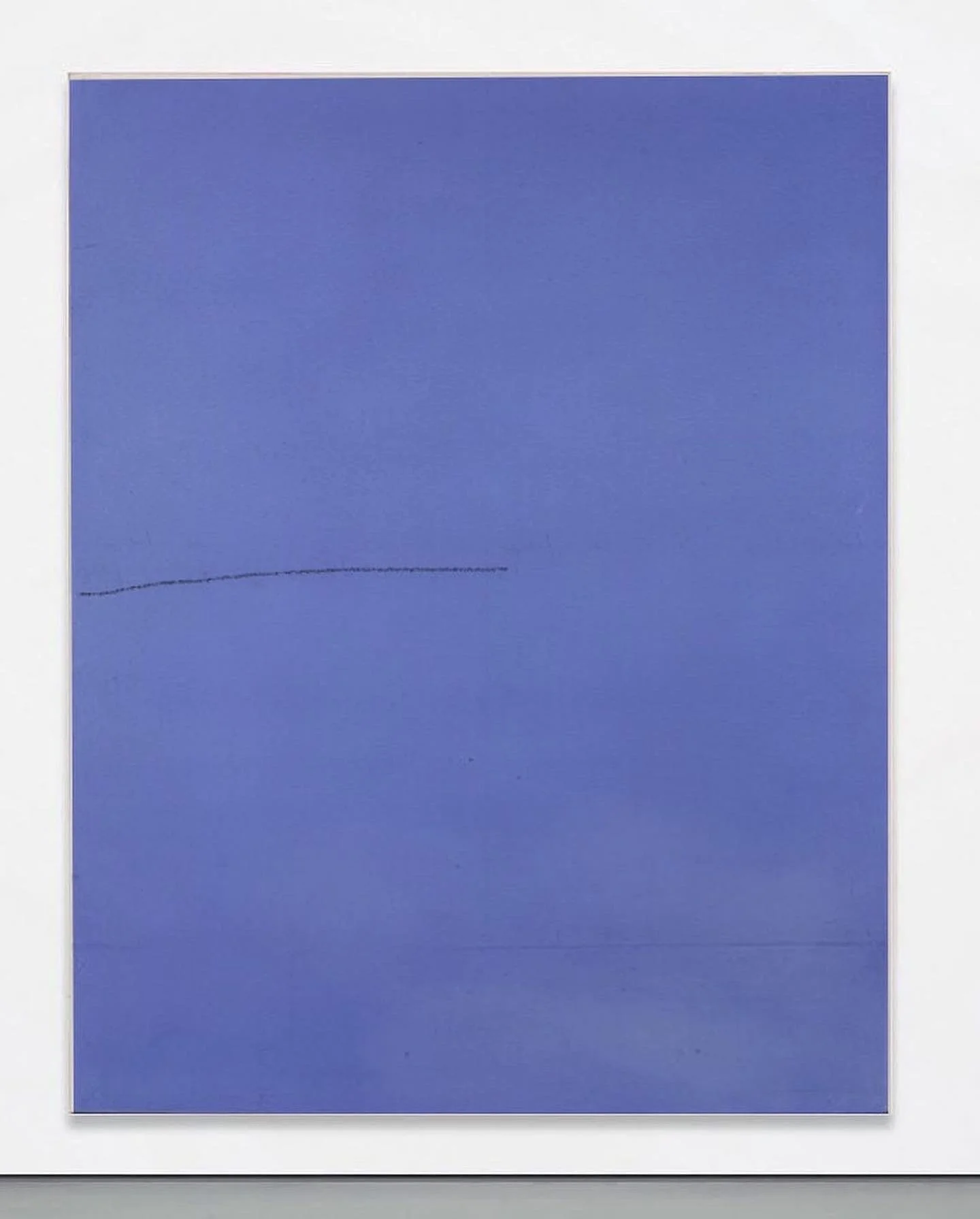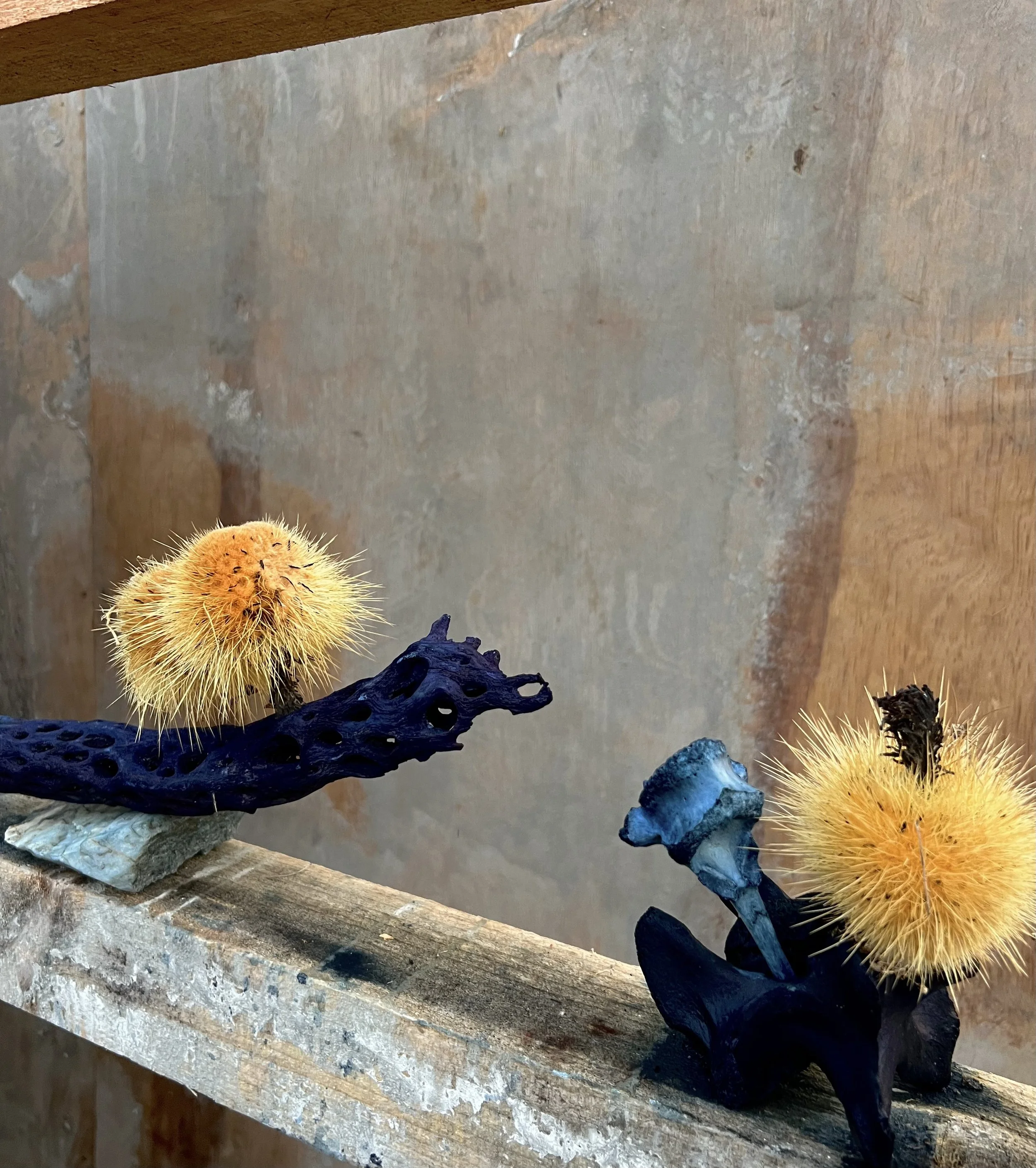The syntactical nature of reality Nila
This series explores the profound implications of the indigo color, known as "Nila" in Sanskrit, through a nuanced lens that intertwines language, perception, and cultural significance. Indigo, revered as sacred in numerous traditions, serves as a conduit for examining how linguistic constructs shape our understanding of reality.
The essence of this exploration is deeply influenced by Terence McKenna’s insight into the syntactical nature of reality: “The real secret of magic, is that the world is made of words. And if you know the words that the world is made of, you can make of it whatever you wish.” This concept resonates with the notion that our capacity to perceive and categorize colors—such as the indigo spectrum—hinges upon the linguistic and cultural frameworks within which we operate.
Consider the Himba tribe of northern Namibia, whose color categorization diverges significantly from Western norms. Their lexicon includes a nuanced array of greens but lacks distinct terms for what we define as blue and green. This linguistic limitation underscores a broader principle: without a comprehensive color lexicon, the spectrum of perceived reality remains constrained. Such observations echo findings by William Gladstone and philologist Lazarus Geiger, who noted the absence of the term "blue" in Homer’s descriptions and the subsequent absence of this color in ancient texts.
The project integrates materials such as cow dung, traditionally used in India for its dual role as a combustible and a natural art form, dyed with indigo. This choice reflects a meditation on the interconnection between nature and human interpretation, where even everyday objects embody profound symbolic significance.
By employing indigo—an emblematic color associated with spiritual depth and cultural reverence—I aim to reflect on the subjective nature of perception. These works challenge the viewer to reconsider how linguistic and cultural constructs shape their experience of color and, by extension, their reality. Through this exploration, the art becomes a mirror to the diverse ways in which we each interpret and construct our world, emphasizing that reality is, indeed, in the eyes of the beholder









